This article is intended as a reference and does not represent a guarantee or implication that NYFA graduates or others reading this article will obtain a job in their chosen career nor can salary be predicted since each job and the salary associated with it depends on the individual attributes of each applicant and on circumstances not within the control of any applicant.
Want to explore the numerous and varied roles that exist within the wider illustration industry? Look no further than our breakdown of illustration jobs below, in which we unpack what the work entails and why you might love (or hate) it.
Jobs in Illustration: Career Paths
Comic Book Illustrator
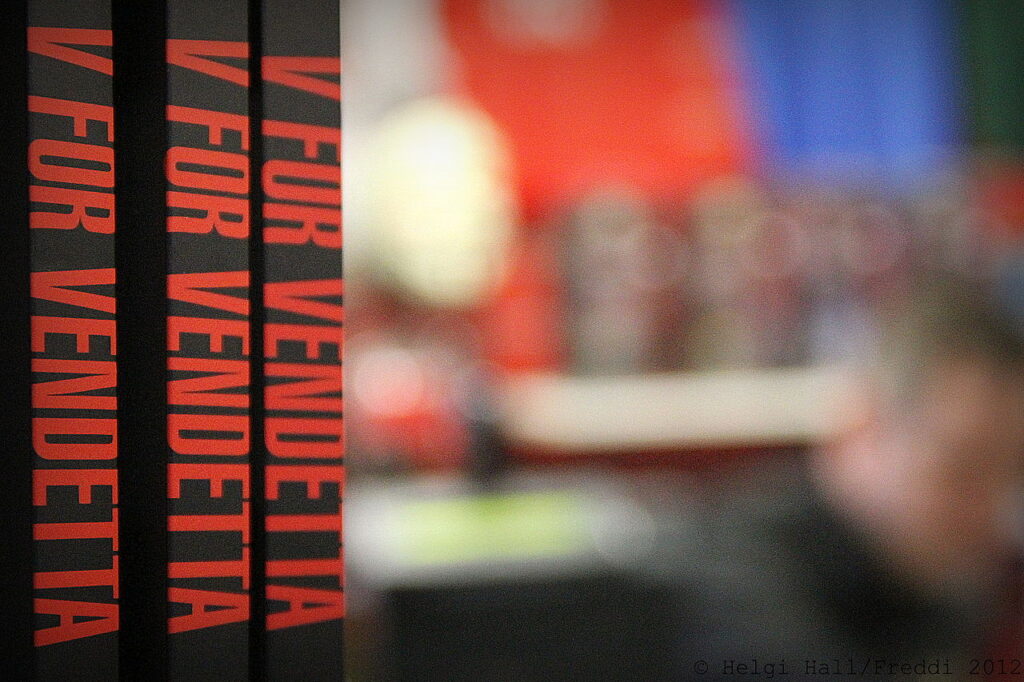
One of the most highly coveted jobs on this list, and as a result, one of the most competitive fields to break into. This is particularly true when it comes to finding salaried positions for print work, though many have found success attracting commission work and raising other revenue through their own webcomics (as well as self-publishing.)
Comic Book Illustrator Career Path: As above. Attracting an audience via a web comic is a good place to start, though even that is a highly saturated market to break into these days. There is no prior experience needed for that, but if you’re looking to get hired full-time by the big boys, illustration school very helpful.
Pros: Believe everything you’ve heard: there’s an extreme amount of enjoyment to be had with comic book illustration.
Cons: Did we mention it’s a competitive market?
Courtroom Illustrator
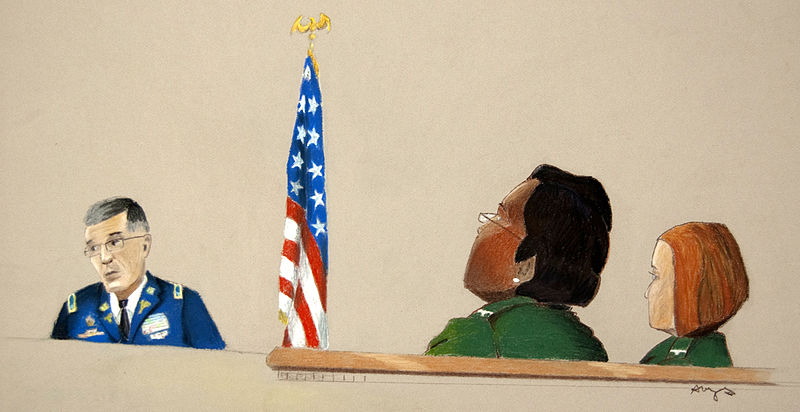
From one of the most sought-after jobs on the list to one of the quirkiest, being a courtroom sketch artist requires an extreme amount of skill. Not only do media outlets demand as much accuracy and realism as possible, but a lot of that has to come from memory alone.
Courtroom Illustrator Career Path: Due to the nature of bureaucracy in the field of law, qualifications from an illustration school are usually required (and will teach you the necessary skills of speed drawing and figure composition/shading.)
Pros: It’ll push your skills to the limit, and if you catch a bit of luck, you’ll get ringside seats to some very high-profile cases.
Cons: Chances are you’ll be too intensely focused on your work to derive any excitement of the case itself, and more often than not the proceedings will be as dull as dishwater.
Forensic Artists
From the courtroom to the scene of the crime itself, criminal sketch artists also require an extreme amount of skill and discipline but of a different kind; working one-on-one with an (often emotionally frayed) victim to produce an accurate facial sketch with nothing more than a hazy description from which to go off.
Forensic Artist Career Path: The majority of criminal sketch artists already hold positions in law enforcement, and you’ll at least need an endorsement by a law enforcement agency. There are specific workshops that provide training in this area, and you’ll probably want to join and/or seek tuition from the International Association for Identification. Psychological qualifications are also a bonus.
Pros: There’s a sense of job satisfaction in actively playing a part in solving crimes.
Cons: It can be harrowing at times.
Film Storyboarding
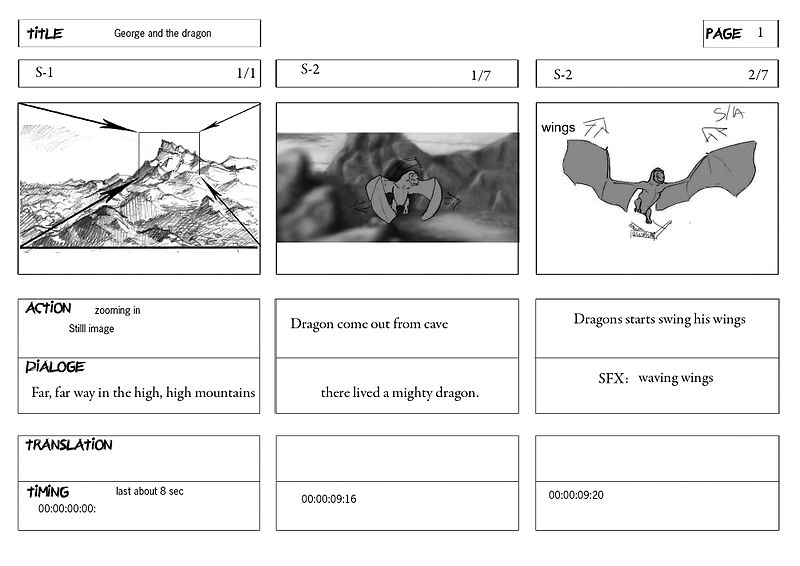
Very few movies and commercials these days – even those of a tiny budget – are created without the use of a storyboard to plan out all the shots before production begins. For that, the team needs a storyboard illustrator.
Storyboard Illustrator Career Path: Paying work is generally garnered through a strong portfolio, so it can take some time to work up from volunteered work. Certain jobs also require not just good illustration skills, but also proficiency in 3D modeling software.
Pros: No two projects are ever the same.
Cons: Can be a highly pressurized environment to work in, with demands from numerous team members coming in from all angles.
Medical Illustrator
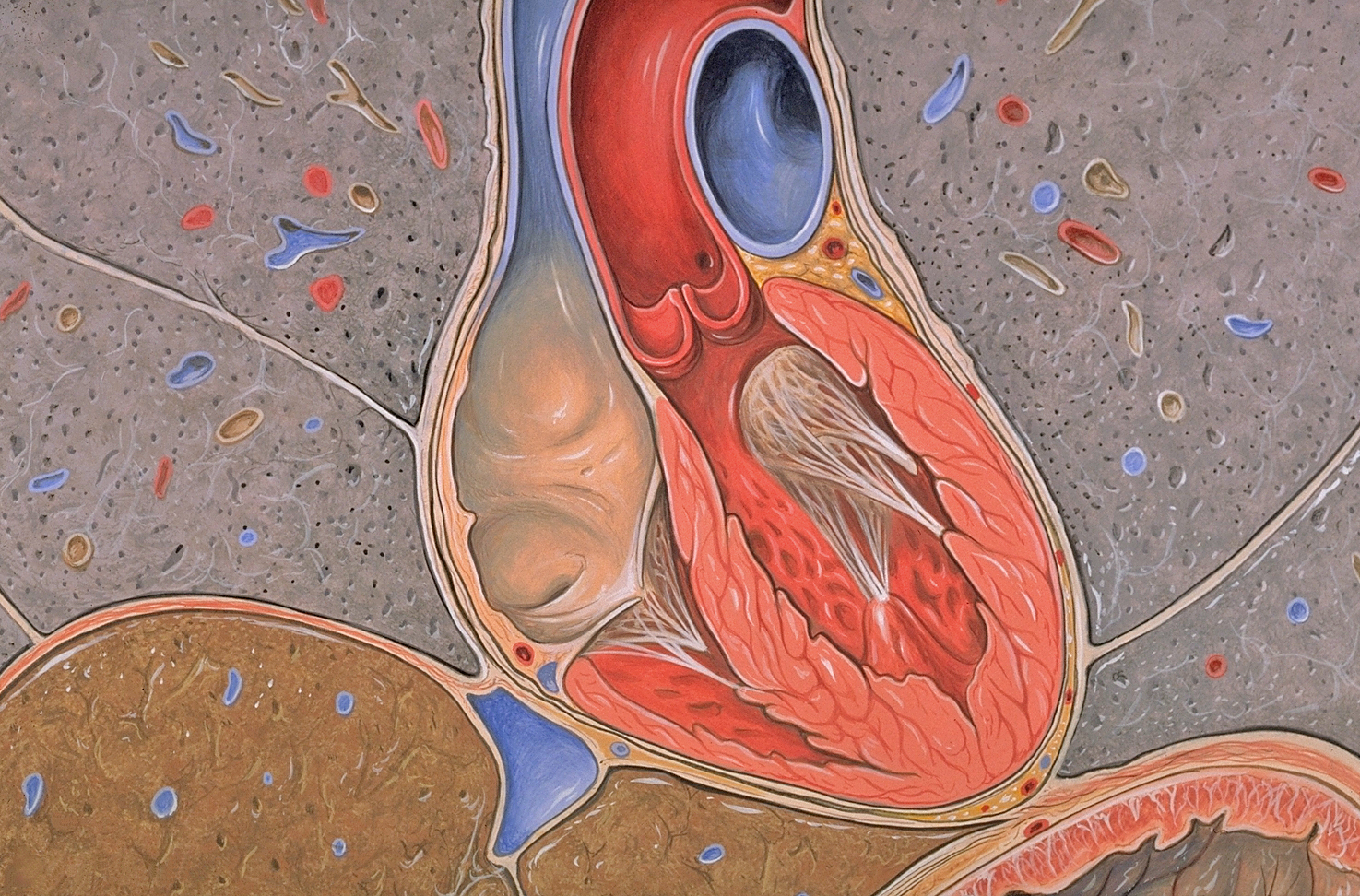
A career that dates back to the 16th century (and earlier), medical illustrators have a huge responsibility: to accurately depict body parts and aspects of their operation in order to aid medical professionals as well as marketing agencies, researchers, the pharmaceutical industry, and personal injury lawyers.
Medical Illustrator Career Path: There are numerous paths to becoming a medical illustrator, most of which requiring an extensive amount of scientific and/or medical training and a B.Sc degree in a related field (as well as illustration proficiency, of course.) The field is governed by the Board of Certification of Medical Illustrators.
Pros: In a word: money.
Cons: Not a good illustration job if you’re looking to exercise creativity, or are squeamish.
Fashion Illustrator
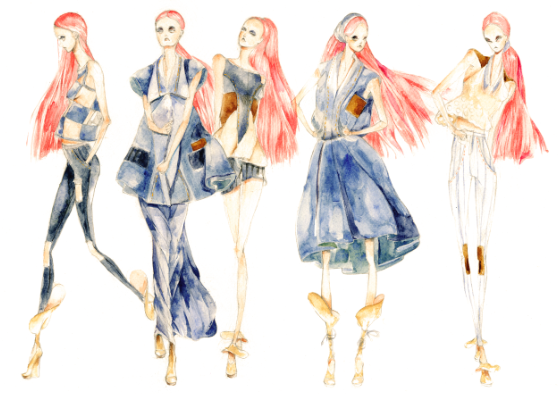
Working in one of the most cut-throat industries in the world, fashion illustrators typically work in either a design or advertising setting to bring sartorial ideas to life.
Fashion Illustrator Career Path: As with film storyboarding, a fashion illustrator’s portfolio is everything when it comes to gaining work in the field. It is often necessary to relocate to a large city in order to find a regular stream of paying work.
Pros: If you have a passion for haute couture, there’s no finer job. There’s also a lot of opportunity for travel and attending high profile events.
Cons: Again, it’s a very cut-throat industry.
Fine Art Illustrators
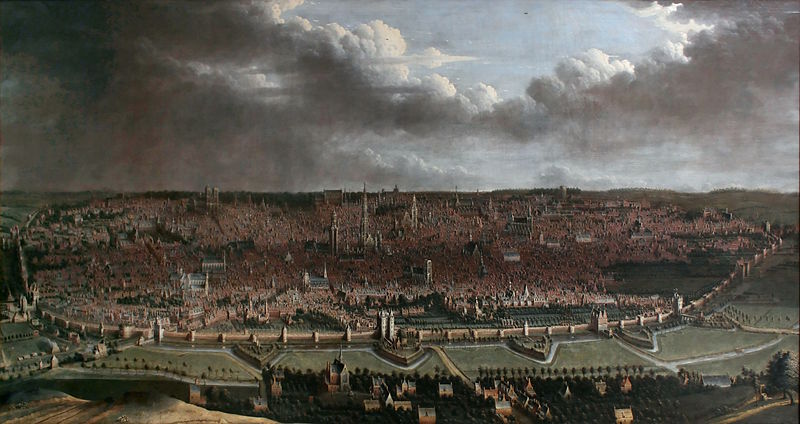
This is the top of the creative pile within the field of illustration. Fine artists create work with the intent to sell them for their aesthetic value, making it a job that is highly depending on accolade, talent, and the current state of the market.
Fine Art Illustrator Career Path: Some fine artists go through rigorous training at illustration school to hone their skills to the level necessarily to enter the marketplace. Others, albeit a smaller proportion, get there with natural talent and a little luck.
Pros: Unlimited room to unleash your creativity as you see fit.
Cons: It’s a long way to the top.
Want to continue exploring jobs in visual arts? Head on over to our graphic design jobs & salaries breakdown page to discover more!
